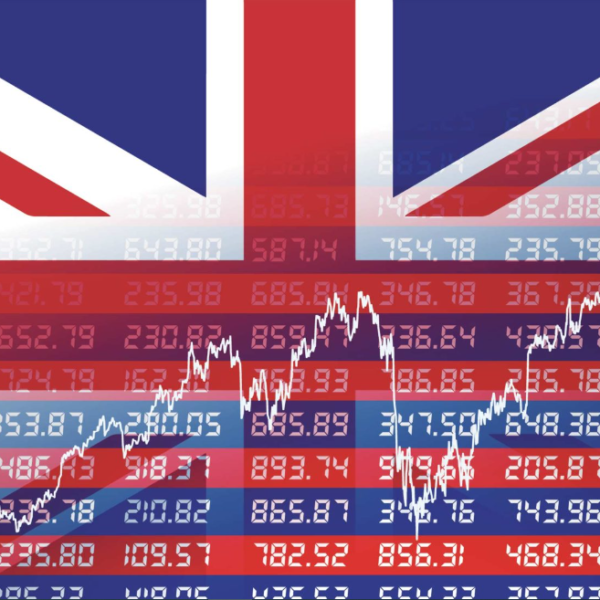The U.K. economy showed no growth in the final quarter of 2022 but shrunk by 0.5% in December, more than expected by analysts, according to the country’s Office for National Statistics Friday.
The figures mean the country narrowly avoided a recession — commonly defined as two-quarters of negative growth — following a 0.2% contraction in the third quarter. Overall, GDP increased by an estimated 4% throughout 2022, following a 7.6% expansion in 2021 as the economy rebounded from the Covid-19 pandemic.
The level of GDP in the final quarter of the year was 0.8% below its pre-Covid level at the end of 2019, meaning that the U.K. is now the only G-7 (Group of Seven) country yet to fully recover its lost output during the pandemic.
“Despite skirting a technical recession for now, December’s GDP fall confirms that the economy took a nosedive at the end of 2022 as strike action added to economic squeeze,” said Suren Thiru, economics Director at ICAEW (The Institute of Chartered Accountants in England and Wales).
“The UK is facing a particularly brutal year with high inflation, stealth tax rises, and the lagged impact of numerous interest rate hikes still likely to push us into a summer downturn by hammering incomes and confidence.”
The Bank of England last week forecasted that the British economy would enter a shallow five-quarter recession in the first quarter of 2023. The ONS said the implied price of GDP — what it calls the broadest measure of inflation in the economy — increased by 6.6% compared with the same quarter a year ago, given higher cost pressures faced by households.
“While the numbers may appear positive for now, overall the economy is flatlining and it is difficult to see that changing in the short-term,” said Richard Carter, head of fixed interest research at Quilter Cheviot.
“We are still likely to be in a recession at some point during 2023 — which is still expected to be long and shallow – so these figures do not provide a huge amount of comfort.”

